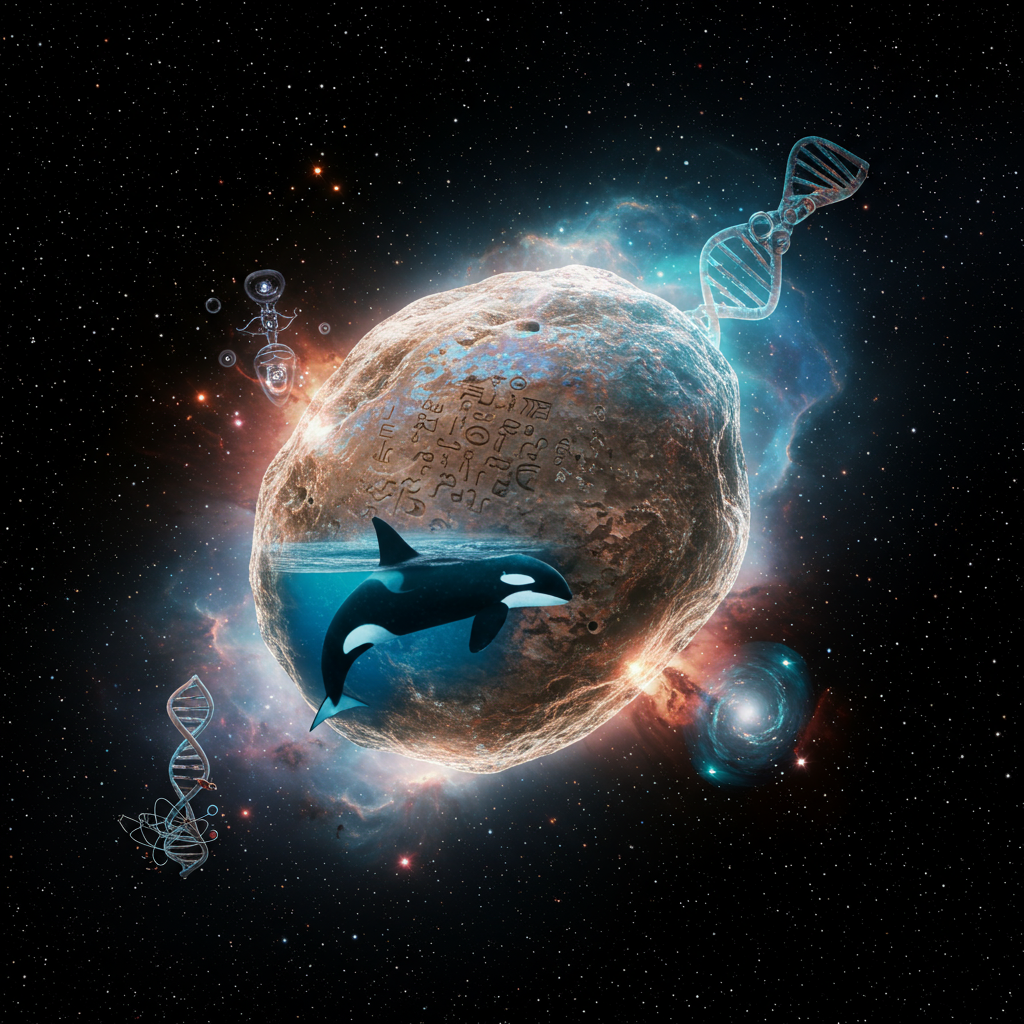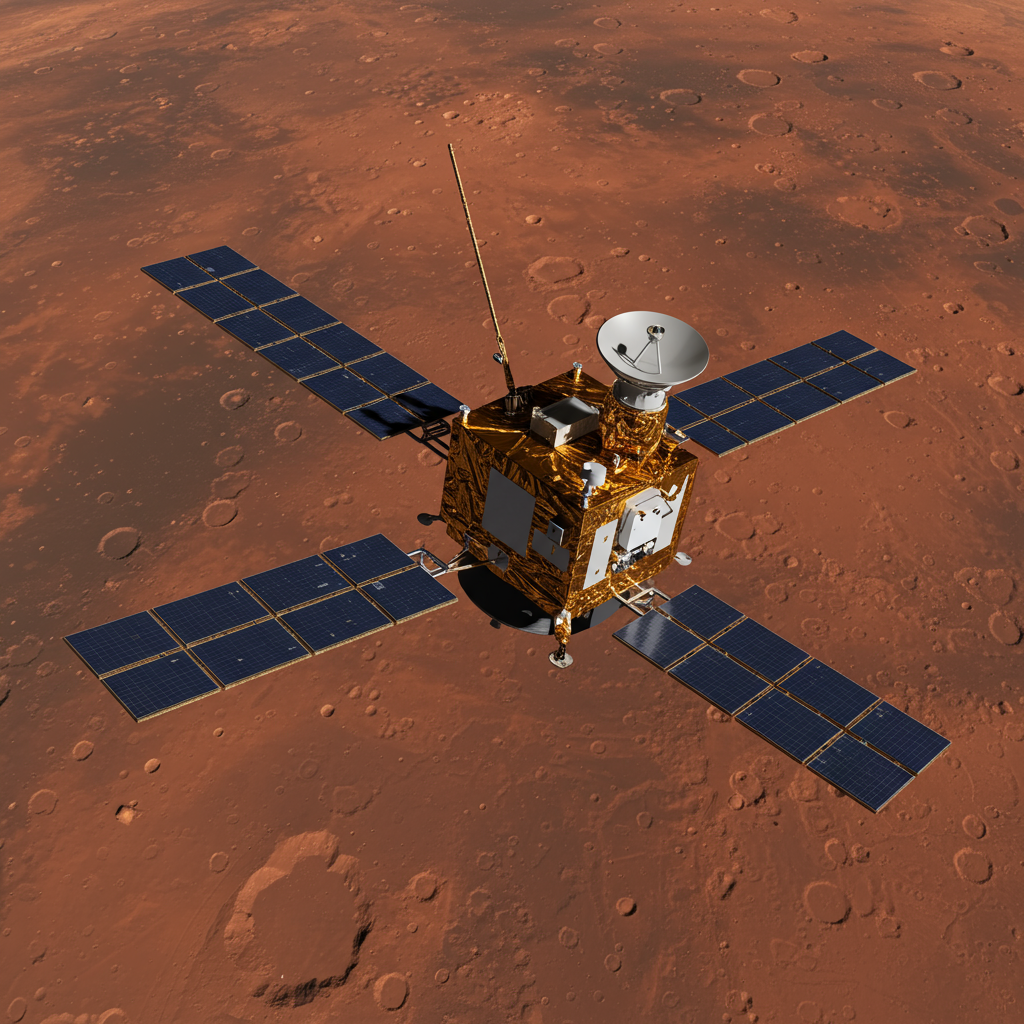Discover the most fascinating science news this week, featuring cosmic visitors, intriguing animal behaviors, ancient human insights, and even questions about what we eat before bed. Our universe constantly reveals its secrets, from objects traversing vast interstellar distances to the hidden life thriving in dark caves right here on Earth. Stay curious as we delve into these surprising scientific discoveries.
A Third Interstellar Visitor Detected
For only the third time in history, astronomers have confirmed an object originating from outside our own Solar System is currently passing through it. These rare cosmic travelers offer scientists an unprecedented opportunity. By studying their composition and trajectory, researchers gain direct insights into the material and conditions of other star systems without ever having to leave our own cosmic neighborhood. The detection of this new interstellar object highlights the improving capabilities of astronomical surveys. These surveys continuously scan the skies, finding everything from nearby asteroids to these incredibly distant visitors. Observing just three such objects (‘Oumuamua and Borisov were the first two) underscores their rarity and the value of each new discovery. Every bit of data helps build a clearer picture of what exists beyond the Sun’s gravitational pull. This finding is a major highlight in science news this week.
The Ancient Question: Does cheese Cause Nightmares?
It’s a widely held belief, often dismissed as old wives’ tale: eating cheese before bed leads to vivid, often unpleasant dreams or nightmares. While specific scientific studies definitively proving a direct, causal link between cheese and nightmares remain elusive, the topic continues to fascinate researchers and the public alike. The idea resurfaced this week in science discussions. Some theories suggest that dairy products can be harder to digest for certain individuals. This digestive effort might disrupt sleep patterns. Disrupted sleep is a known factor in experiencing more memorable or vivid dreams.
However, the potential effect isn’t necessarily unique to cheese. Other foods, especially those rich or heavy, or those consumed close to bedtime, could similarly impact digestion and sleep architecture. Desserts, often high in sugar and fat, are also cited as potential culprits for dream disturbances. The overall takeaway seems to be less about cheese specifically and more about how different foods affect individual digestive systems and sleep cycles. While perhaps not a proven nightmare inducer, it certainly keeps the conversation going in the world of diet and sleep research.
Unearthing a Hidden World in a Cave
Deep within a newly explored cave system, speleologists and biologists have uncovered an astonishing biological treasure trove. This find includes numerous blind, mummified invertebrates, perfectly preserved over time. The dark, stable environment of the cave created unique conditions. These conditions allowed delicate specimens to remain intact for potentially thousands of years. Among the remarkable findings is the identification of the only known cave-adapted wasp. This discovery is particularly significant for entomologists. It provides rare evidence of how species can evolve in extreme, isolated environments like caves.
Cave ecosystems are challenging places to live. Organisms adapting to permanent darkness often develop unique traits. These traits can include loss of sight (hence “blind” invertebrates) and reliance on other senses. Finding a cave-adapted wasp is noteworthy because wasps are typically flying insects. Their adaptation to a subterranean, flightless existence reveals fascinating evolutionary pathways. The collection of mummified specimens offers a unique snapshot of past life in this specific cave habitat. Scientists can study their morphology and potentially extract genetic material to understand ancient cave biodiversity. This remarkable discovery showcases the hidden wonders still waiting to be found on our own planet.
Peering into the ‘Neanderthal Fat Factory’
Archaeological research continues to shed light on the lives and capabilities of our ancient relatives, the Neanderthals. Recent findings related to what’s been described as a “Neanderthal fat factory” provide intriguing details about their subsistence strategies. This likely refers to sites where Neanderthals processed animal carcasses extensively. They weren’t just hunting animals; they were maximizing every part of the kill. Extracting bone marrow and rendering fat from bones and tissues would have been a critical way to obtain high-energy nutrients. These nutrients were essential for survival in challenging environments.
The mention of collagen in this context further supports the idea of thorough carcass utilization. Collagen is a protein found abundantly in connective tissues, bones, and hides. Processing these parts would have allowed Neanderthals to access nutritional resources beyond simple muscle meat. They might have boiled bones or used other techniques to break down tough tissues. This suggests sophisticated butchery and processing techniques. It paints a picture of Neanderthals as highly skilled and efficient foragers. They were adept at extracting maximum value from their prey. This research challenges older narratives that portrayed Neanderthals as less capable than early modern humans. It highlights their ingenuity and deep understanding of their environment and resources.
Surprising Social Lives of Orcas
Orcas, or killer whales, are renowned for their complex social structures and intelligent behavior. Observations of these magnificent marine mammals in the wild consistently reveal new and fascinating aspects of their lives. This week’s reports included observations described as “smooching orcas.” While the term is anthropomorphic, it likely refers to specific close physical interactions between individuals. These interactions could involve rubbing noses, pressing faces together, or gentle mouth contact. Such behaviors are often indicative of social bonding, affection, or greeting rituals within a pod.
Killer whales live in tight-knit family groups called pods. Social interactions are crucial for maintaining these bonds, coordinating hunts, and teaching younger members. Documenting these seemingly intimate moments provides valuable data on orca communication and social dynamics. Furthermore, another linked report mentioned orcas giving humans food. This highly unusual behavior has been observed occasionally in specific orca populations. It could be related to play, curiosity, or even an attempt to share resources. Both the “smooching” and potential food-sharing behaviors underscore the incredible complexity and surprising nature of orca social lives, making them a highlight in science news this week.
The Rare Spectacle: Asteroid Impact on the Moon
NASA scientists have made a prediction regarding a potential future event involving our closest celestial neighbor, the Moon. There is a calculated 4.1 percent chance that an asteroid could impact the lunar surface in the foreseeable future. While 4.1 percent might sound low, it represents a significant probability on cosmic timescales. Such an event is estimated to be a remarkably rare spectacle, potentially occurring only once every 5,000 years as viewed from Earth.
An asteroid impact on the Moon, depending on its size, could create a visible flash or even a new crater detectable from Earth. While fascinating to consider, NASA’s note about observing from a “safe distance” is key. Large impacts, even on the Moon, can eject debris. Although the probability of that debris reaching Earth in a hazardous way from a single predicted impact is extremely low, the general principle of observing celestial events from a safe vantage point remains sound. This prediction serves as a reminder that our Solar System is a dynamic place. It shows that even seemingly static objects like the Moon are subject to cosmic forces like asteroid collisions. It’s a potential future event that astronomers will certainly be monitoring closely.
Frequently Asked Questions
What is the significance of detecting a new interstellar object?
Detecting a new interstellar object, the third ever confirmed, is significant because these objects originate from outside our Solar System. Studying their composition and trajectory provides direct insights into material from other star systems. It allows astronomers to learn about conditions and building blocks around distant stars without needing to travel there. Each new discovery adds crucial data to our understanding of galactic environments beyond our Sun.
Is the link between eating cheese and having nightmares scientifically proven?
While the idea that eating cheese causes nightmares is a popular notion, it is not strongly supported by definitive scientific studies. The theory often relates to potential digestive discomfort disrupting sleep, which can make dreams more vivid. However, other heavy or rich foods, including desserts, might have similar effects depending on the individual. The link is more anecdotal and cultural than scientifically proven as a direct cause.
What rare discoveries were made in a hidden cave environment?
A recent exploration of a hidden cave system yielded a significant find: a treasure trove of blind, mummified invertebrates. These specimens were preserved in the cave’s stable conditions. Most notably, the collection includes the only known cave-adapted wasp discovered to date. This highlights how species evolve in extreme, isolated environments and offers unique insights into ancient cave biodiversity and evolutionary processes.
Overall, science news this week brings us a diverse collection of discoveries, pushing the boundaries of our knowledge about space, our planet, ancient history, and the intricate lives of animals. From the distant stars to the depths of a cave, science continues to uncover the wonders of the universe we inhabit.




